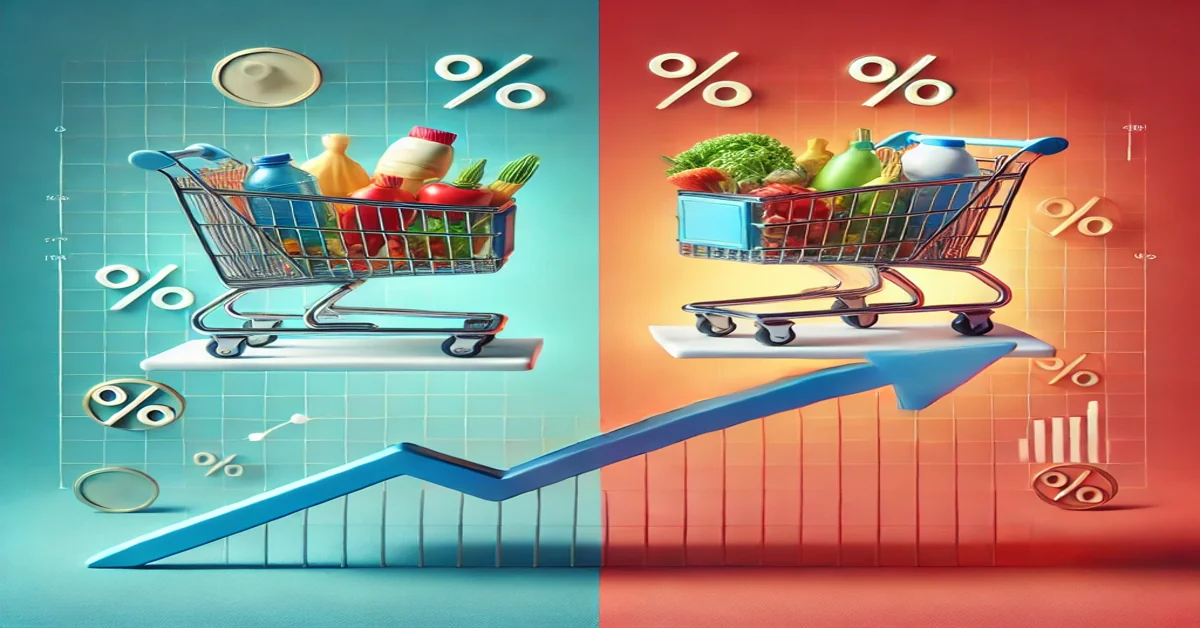In today’s economy, it’s important to understand how declining prices and inflation work together. Although they may seem like opposite ideas, they are linked and can greatly affect everyone. This includes shoppers companies and the entire economy.
Declining prices can make things cheaper for consumers. This is while inflation usually means prices are rising. Knowing how these two concepts interact can help you make better financial choices. Let’s dive into the details.
Understanding Inflation
Inflation means that prices are going up, and the value of money is going down. It shows how much more expensive things like food and clothes have become over time. Inflation can cause debt deflation factors because people want to buy more stuff (demand-pull).
The cost to make things go up (cost-push), or when prices keep rising automatically (built-in inflation). When inflation happens, people usually have to spend more money on things, which can make it harder to buy what they need if their pay doesn’t increase.
Declining Prices
Declining prices, known as deflation, happen when the inflation rate goes below 0%. This means that the overall prices of goods and services drop, which can give consumers more buying power. What causes deflation? It can result from reduced consumer demand, increased productivity, or a decrease in the money supply.
Although this may sound good, deflation can lead to less spending by consumers, lower production, job layoffs, and possibly a downward economic spiral as businesses earn less and have to cut costs.
Causes of Declining Prices
Prices can go down for several reasons. For example, new technology can make it cheaper to produce things, or if people start wanting fewer goods and services. Also, when interest rates go up, it can limit how much money is available in the economy, which can cause prices to fall too.
The Balance Between Inflation and Declining Prices
A stable economy usually has a moderate amount of inflation, showing that demand is growing and the economy is doing well. Central banks often target an inflation rate of about 2% as a sign of stability. However, too much inflation or long periods of deflation can hurt the economy.
Impact on Consumers and Businesses
Inflation affects consumers because it makes everyday goods and services more expensive, which means people can buy less with their money. On the other hand, falling prices might sound good at first, but they can cause wages to freeze and lead to job losses if companies don’t make enough money.
For businesses, inflation can raise production costs and change how they set prices, while deflation can scare off investors and lower their earnings.
Learn to Differentiate Declining Prices vs. Inflation Today
In conclusion, knowing the difference between falling prices and inflation is important for making good choices with money. By learning what causes these changes and how they affect us, both consumers and businesses can prepare better.
Understanding declining prices helps everyone adapt to the economy’s ups and downs. When we stay informed and take the right steps, we can build a more secure financial future. By being aware of these economic recession concepts, we can make smarter decisions that lead to stability and success in our lives.
Did you find this article helpful? Check out the rest of our blogs!









